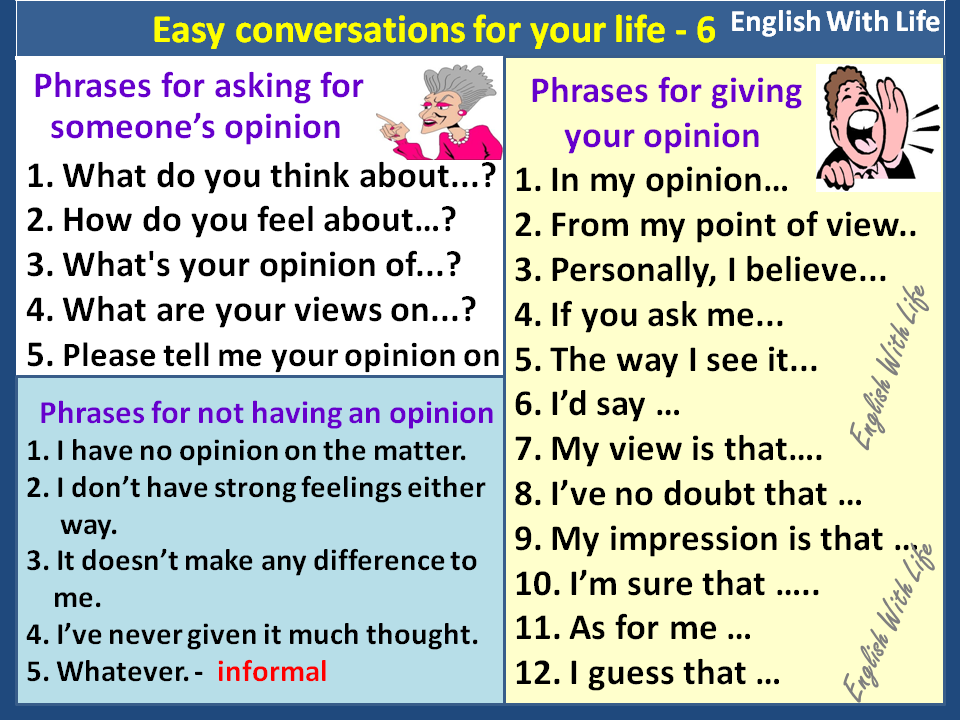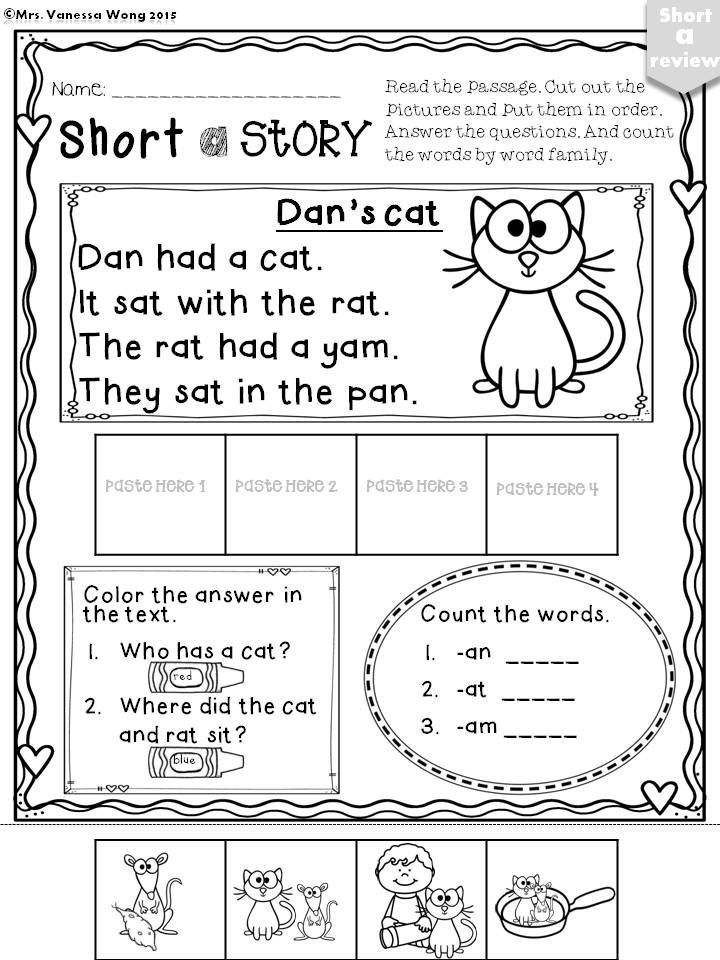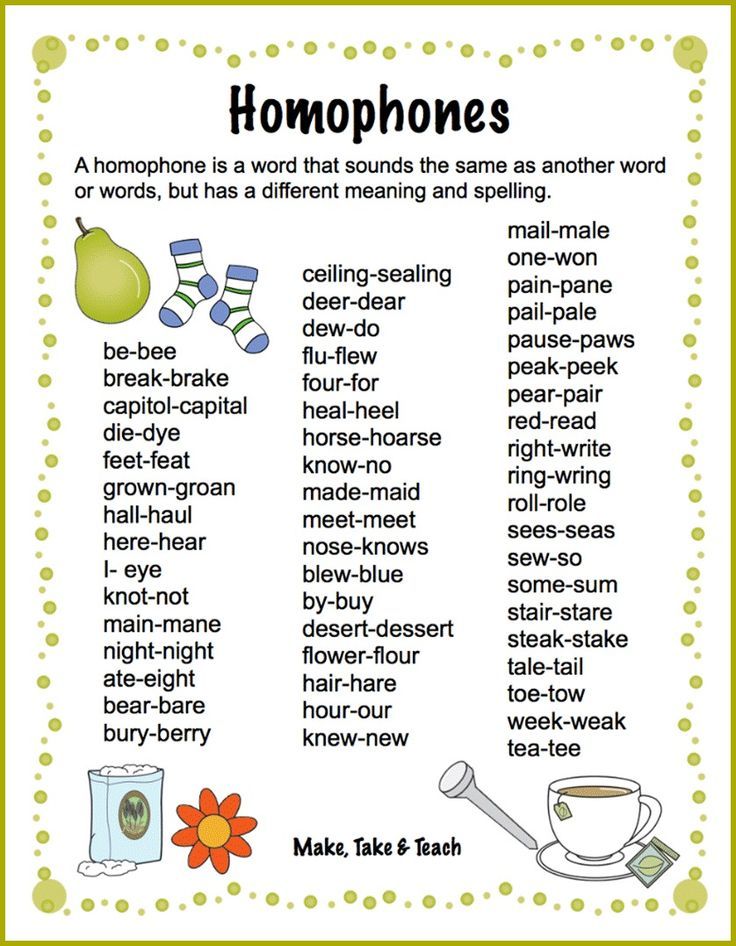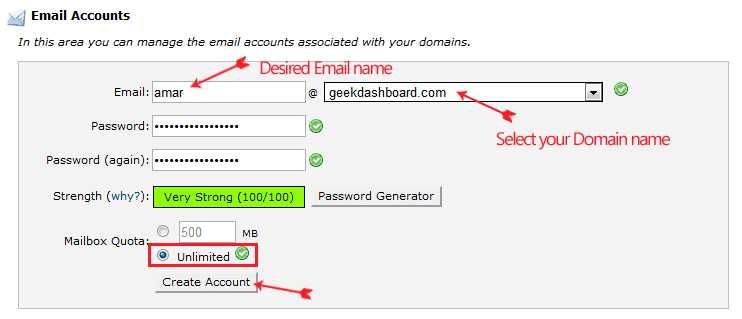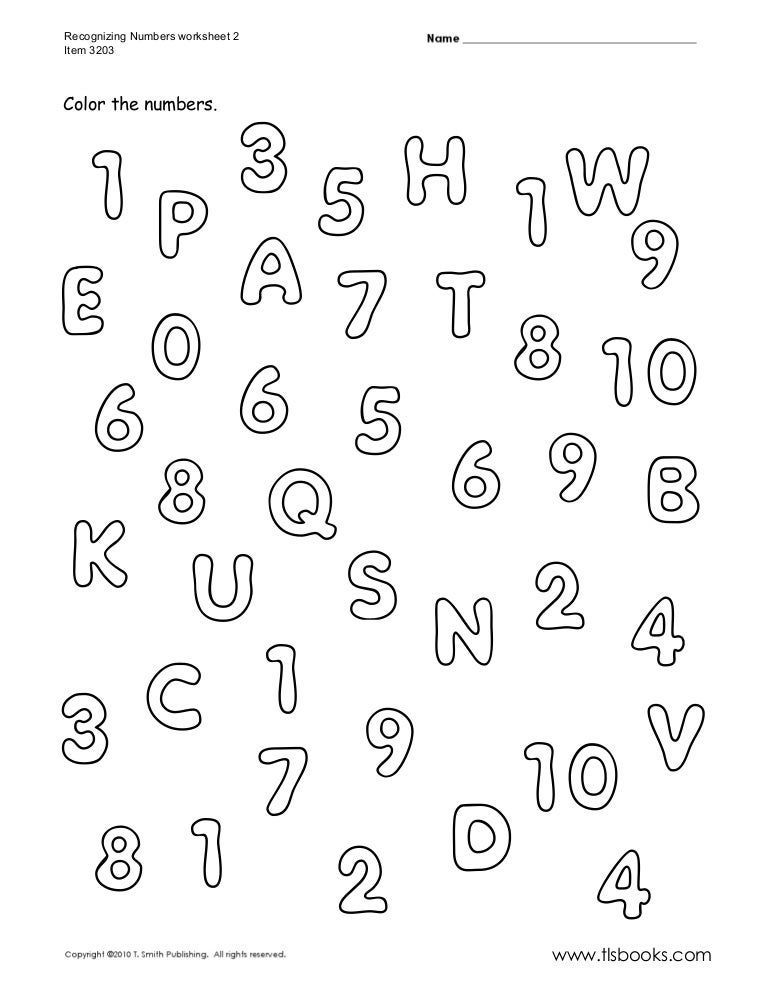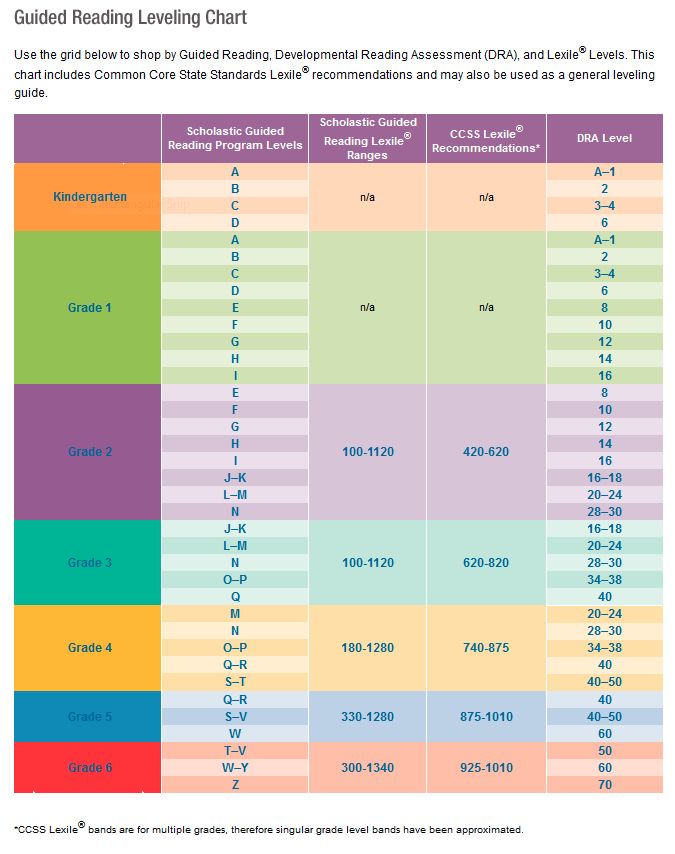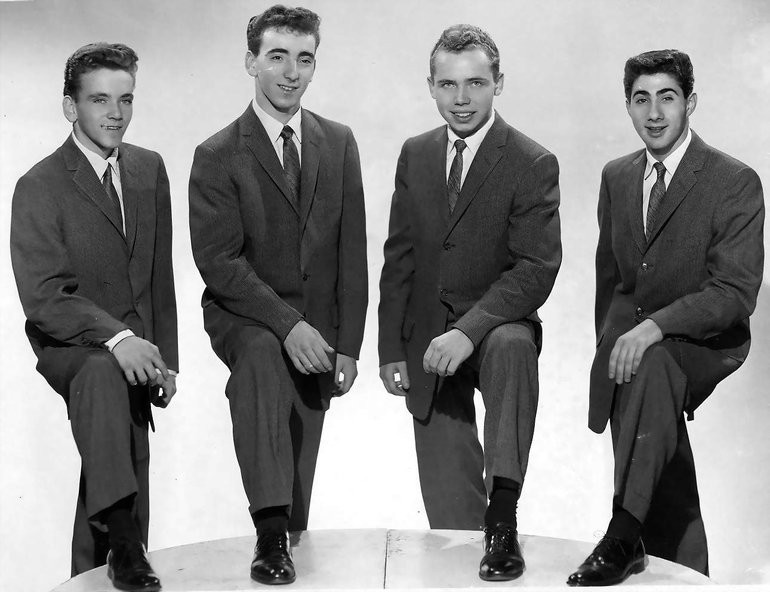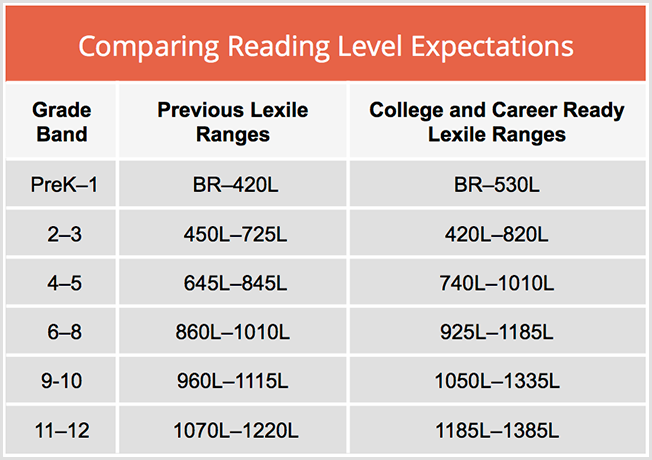What is a short sound
» What’s the difference between short and long vowels?
» What’s the difference between short and long vowels?
Learning the building blocks of words - sounds, their spellings, and word parts
18 Replies
Phonics teaching materials often talk about "short" and "long" vowels, as though the latter are just extended versions of the former.
The five vowels usually called "short" are:
- "a" as in "cat",
- "e" as in "red",
- "i" as in "sit",
- "o" as in "not",
- "u" as in "bus".
The five vowels usually called "long", and which children are told "say their (letter) name", are:
- "a" as in "paper",
- "e" as in "be",
- "i" as in "find",
- "o" as in "go",
- "u" as in "human".
But are we talking about sounds here, or particular spellings of these sounds?
If "short" vowels are sounds (regardless of spelling), then the following are short vowels too:
- "a" spelt as in "plait", "salmon", and "Fahrenheit",
- "e" spelt as in "bread", "said", "says", "any", "leopard", "heifer", "friend", and "bury",
- "i" spelt as in "gym", "pretty", "busy", "sieve", and "women",
- "o" spelt as in "want", "because", and "entree",
- "u" spelt as in "front", "young", "blood", and "does".
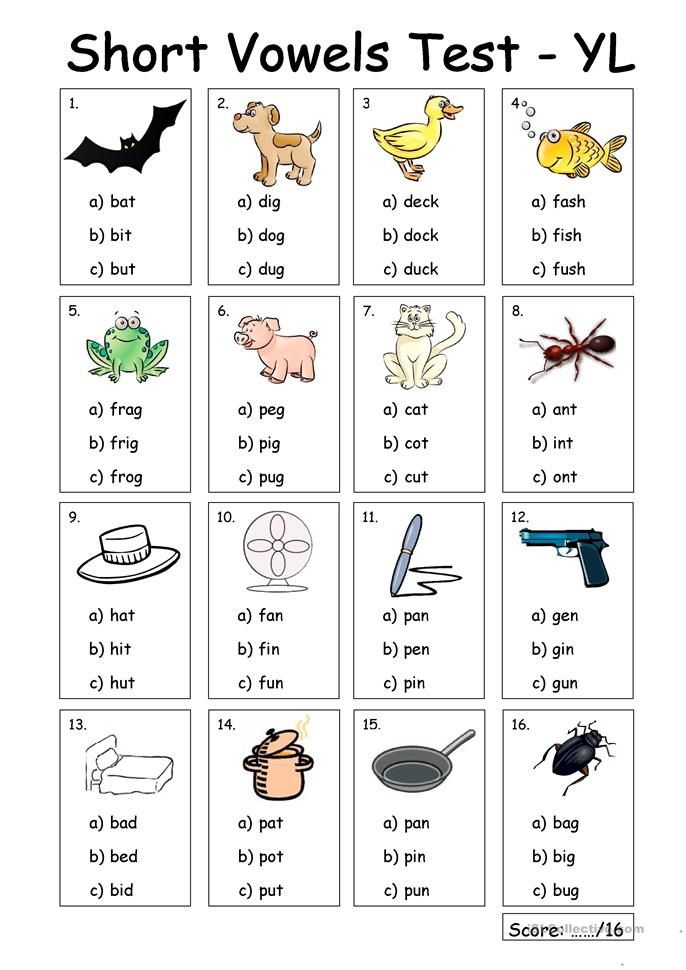
Following the same logic, the following are also "long" vowels:
- "a" spelt as in "make", "rain", "say ", "they", "eight", "vein", "break", "fete", "cafe", "puree", "sundae", "gauge", "gaol", and "straight".
- "e" spelt as in "bee", "eat", "field", "these", "ski", "funny", "turkey", "protein", "marine", "paediatric", and "amoeba",
- "i" spelt as in "like", "by", "pie", "high", "type", "bye", "bonsai", "feisty", "height", "kayak", "eye", "iron", "tae
kwondo", and "naive".
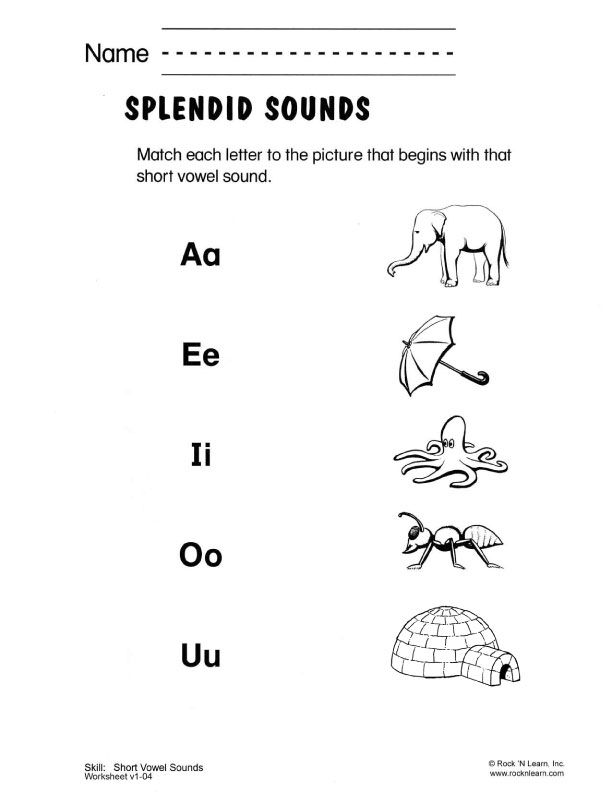
- "o" spelt as in "home", "boat", "goes", "glow", "plateau", "mould", "mauve", "though", "folk", "brooch", "owe", "sew" and "Renault".
- "u" spelt as in "use", "few", "cue", "feud", "you", "beauty", "nuisance", "ewe", "vacuum".
Try saying "capped-caped", "dinner-diner", "bellow-below" (stressing both syllables in "below"), hopping-hoping and "cutter-cuter".
The spoken versions don't just differ by length, and the written words with "short" vowels are actually longer, due to their double letters.
The terms "short" and "long" are misleading and confusing. These vowels are not short and long versions of each other.
These vowels are not short and long versions of each other.
They're completely different vowels
If you stretch out an "a" as in cat, you don't get an "a" as in paper.
"A" as in "cat" is a low front pure vowel, and "a" as in paper is a diphthong (two vowels run together) which moves from low to high in the front of the mouth.
The same goes for the other "short-long" pairs. The long" vowel "e" as in "be" is a pure vowel, but "i" as in "find" and "o" as in "go" are both diphthongs.
The sound "u" as in "human" is actually a consonant-vowel combination ("y" as in "yes" plus "u" as in "hula"), which makes sense of the spelling of "you", but not most of its other spellings. Which part of the letter "u" in "human" is representing the "y" sound, and which part the "ooh"? For learning-spelling purposes it's counterproductive to slice it so finely. However, children will often hear the "y" and want to write it, and teachers need to know that it's not a figment of childish imaginations, there really is a "y" sound in "new" (unless you speak American English).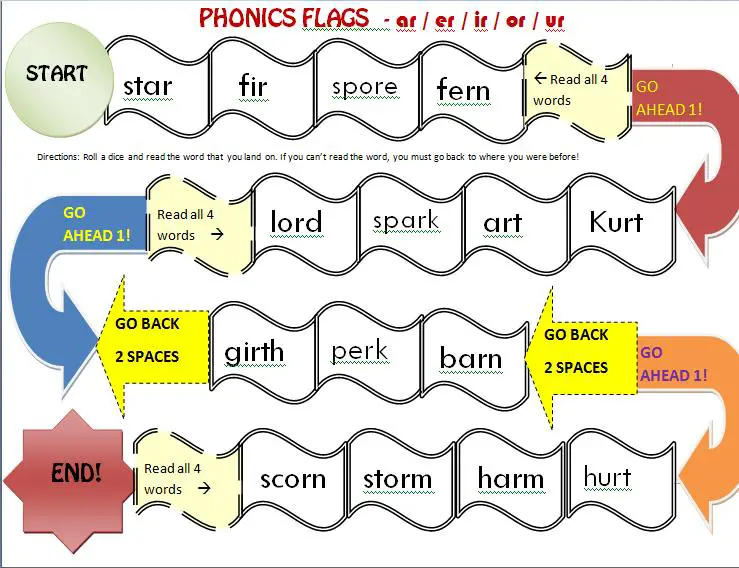
Why people think "short" vowels are short
The "short" vowel sounds cannot occur at the end of a syllable in English. They must be followed by a consonant.
In linguistics, they are called "checked" vowels. We actually have six of them, the other one being "u/oo" as in "put" or "good".
Since we only have five vowel letters, but we have 20 vowel sounds, we have to use syllable position and letter-combining to get a bit of clarity around which sounds we mean.
Often we use vowel combinations like ai, ee, ea, ie, oa, oo, oe and ue.
Often we use a vowel plus a letter Y, W, R or L, as in ay, ey, oy, aw, ew, ow, ar, er, ir, or, ur, and sometimes al (as in calm or walk) and ol (as in yolk).
The letters Y, W, R and L otherwise represent consonants that are quite open and vowel-like.
Well, actually, the letter Y by itself is almost always a vowel spelling (as in "by", "baby" and "gym"), but not at word beginnings, where people writing "X is for xylophone" type alphabet books tend to focus.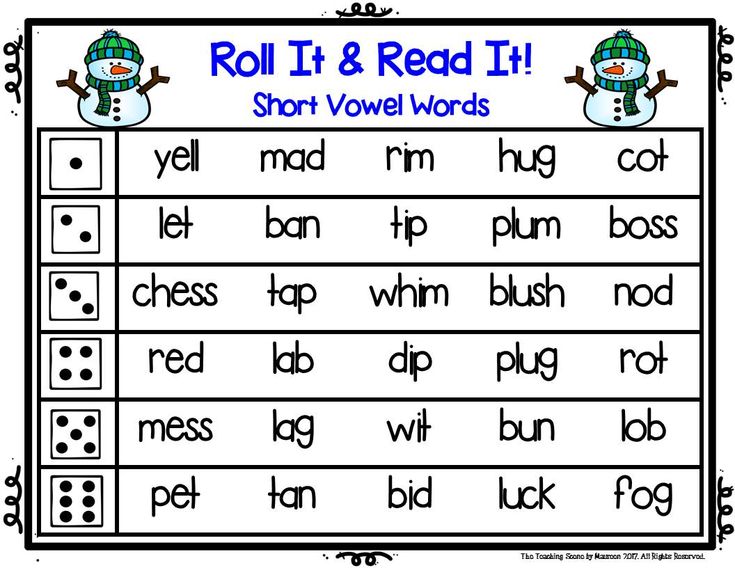
A doubled consonant letter (ff, ss, ll, zz etc) usually indicates that the vowel before it is a "short" vowel, i.e. it's not an open syllable, it ends with a consonant (as per the "capped-caped" etc example above).
What about the other vowels?
In the dialect I speak, there are twenty vowel sounds, not ten. The missing-in-action ones in the five-short-five-long classification are:
- "oo" as in "good", "put", "could", "wolf".
- "ooh" as in "moon", "flute", "chew", "soup", "hula", "blue", "fruit", "to", "lose", "shoe", "sleuth". This tends to get lumped in with "long u" as it shares some spellings and is one of the two sounds in the letter name U ("y" + "ooh").
- "ar" as in "car", "pass", "calm", "heart", "are", "baa", "aunt", "galah" and "clerk".
- "er" as in "her", "first", "nurse", "works", "early", "journal", "were", "masseur" and "myrtle".
- "aw" as in "for", "saw", "more", "all", "launch", "four", "warm", "door", "walk", "bought", "caught", "board", "dinosaur", "broad", "sure" and "awesome".
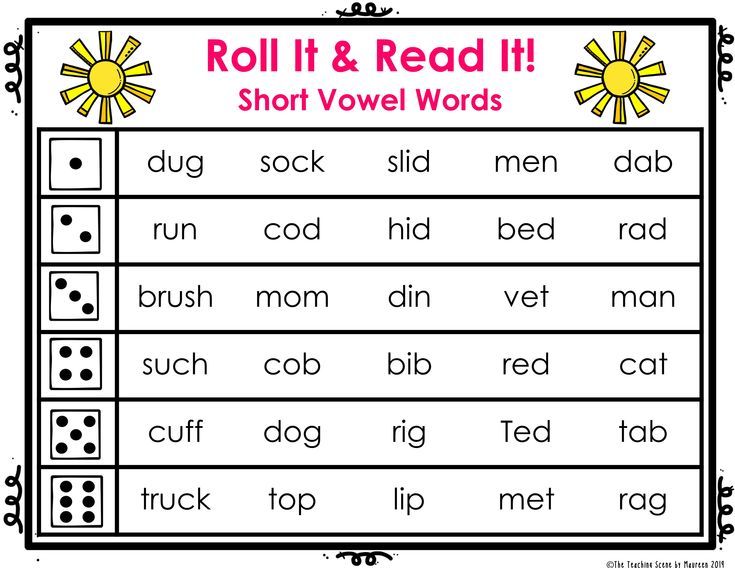
- "ou" as in "loud", "cow", "drought", "Maori", "sauerkraut" and "miaow".
- "oy" as in "boy" and "coin".
- "air" as in "care", "hair", "there", "bear", "parent", "aeroplane", "millionaire", "their", "prayer" and "mayor".
- "ear" as in "deer", "hear", "fierce", "here", "bacteria", "weird" and "souvenir".
- The unstressed vowel in words of more than one syllable, or unstressed grammatical words like "a" and "the", which can be spelt using any vowel spelling. Think of the last syllable in "butter", "actor", "collar", "sofa", "centre", "flour", "tapir", "murmur" and "picture". As long as children get a solid grounding in the other vowel spellings, they can then use this knowledge to tackle the unstressed vowel, and in their "spelling voice" say "buttER", "actOR", "collAR" etc. There is no need to teach the unstressed vowel as a separate Thing, like this (this is from a THRASS chart):
If the other 19 vowel sounds and their spellings are not all taught systematically and well, expect some students to have a lot of trouble spelling the unstressed vowel.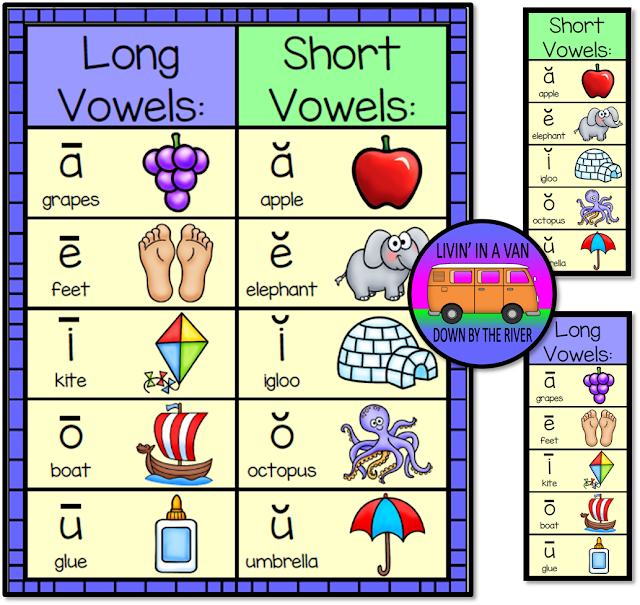 It's what signwriters get wrong all the time.
It's what signwriters get wrong all the time.
Adults can use the terms "short vowel" and "long vowel" among ourselves if we like, but I don't think it's helpful to teach this misleading and confusing terminology to children.
Instead, we can just say the sounds ("the sound ay", "the sound oy" etc) and teach children all the main spelling patterns for each sound, systematically and explicitly, before the end of their third year of schooling. This will be extremely bad for my business, but hey, the people at school will be among the ones giving out pills in my nursing home. I want them literate.
« Reorganising high-frequency word lists
List of Short Vowel Words
DESCRIPTION
pig illustration with list of short vowel words examples
SOURCE
Bullet_Chained / iStock / Getty Images Plus / via Getty created by YourDictionary
PERMISSION
Used under Getty Images license
The English language provides a list of short vowel words that seem to be never ending.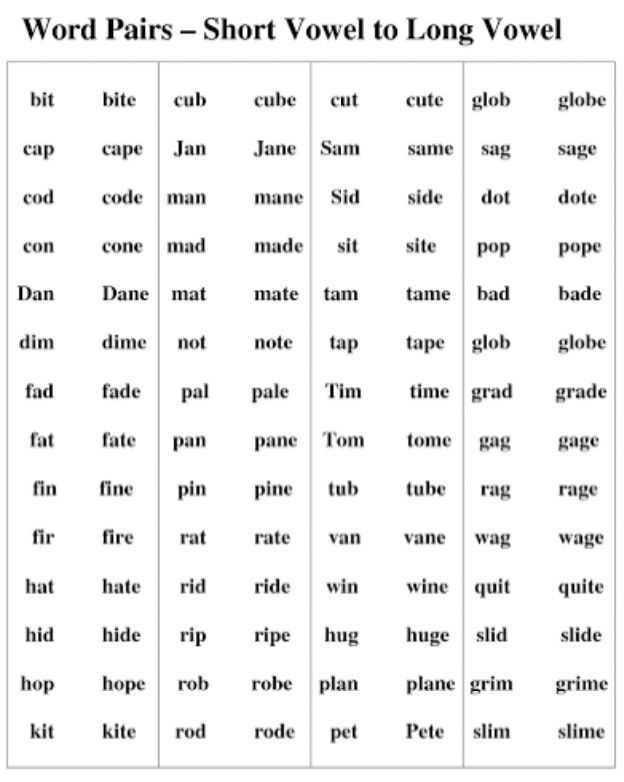 A short vowel word is any word that doesn't allow the vowel within it to generate that vowel's long vowel sound.
A short vowel word is any word that doesn't allow the vowel within it to generate that vowel's long vowel sound.
For example, the word "bug" is a short vowel word because there's no long "U" sound. A word doesn't necessarily have to have three letters to be a short vowel word, but it makes for the easiest example and three-lettered words make up the bulk of any list of short vowel words. Let's take a look.
Short Vowel Sounds in Words
Here's the reason why words with only three letters typically make the short vowel sound. Three letters usually don't allow for a second vowel to force the long vowel sound out. Exceptions include words like "bee" or "tea."
These words use a second vowel to force the long vowel sound from the first one, while other words like "ant" or "mat" use the placement of consonants to force a short vowel sound.
But, here's an important point to keep in mind. The words listed below are short vowel sounds, not short vowel spellings.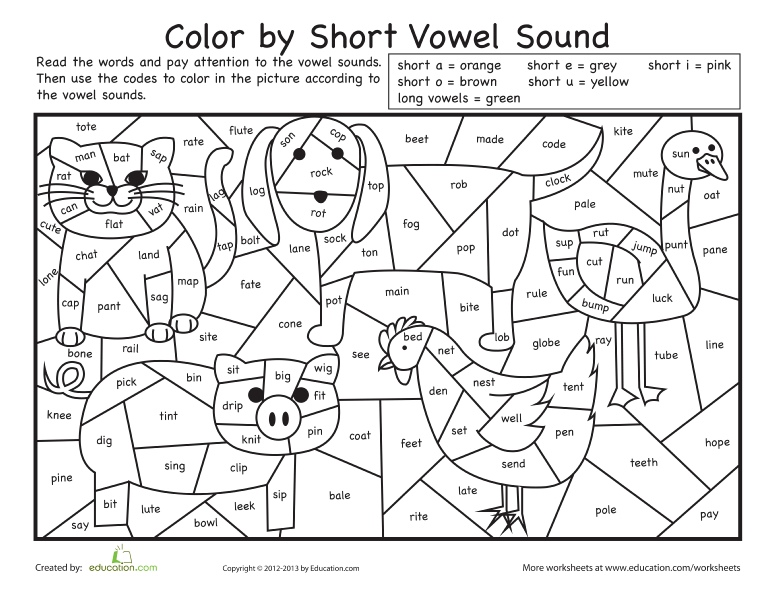 That is, just because a word is short, doesn't mean it will automatically have a short vowel sound. And vowel as written doesn't always correspond with the sound it makes. Take the word "pretty." The E is sounded like a short I, and the Y is sounded like a long E. Phonetically, it sounds more like "prit-tee," not "pret-tai."
That is, just because a word is short, doesn't mean it will automatically have a short vowel sound. And vowel as written doesn't always correspond with the sound it makes. Take the word "pretty." The E is sounded like a short I, and the Y is sounded like a long E. Phonetically, it sounds more like "prit-tee," not "pret-tai."
Likewise, we can't assume a long word will automatically have a long vowel sound. Let's look at the word "business." The U and E in "business" are also sounded like a short I, and the I is silent altogether. Phonetically speaking, we don't pronounce it "buss-eye-ness." It's more like "biz-niss." With that in mind, let's explore more short vowel words, sorted by letter.
Advertisement
Short "A" Words
The short A sound is what you hear in words like "bat" or "map." Here are some other great examples of words with the short A sound.
| act | apt | ask | bat | bad | bag | cat |
| cap | cab | dad | dab | Dan | fan | fat |
| fad | gap | gab | gal | gas | ham | has |
| had | hat | jab | jam | lab | lad | lag |
| lap | man | mad | mat | map | nap | pan |
| Pam | pad | pal | ran | ram | rag | rat |
| Sam | sad | sag | sat | sap | tab | tan |
| tad | tag | tap | van | vat | yam | zap |
Short "E" Words
The short E sound is what you hear in words like "gem" or "hem.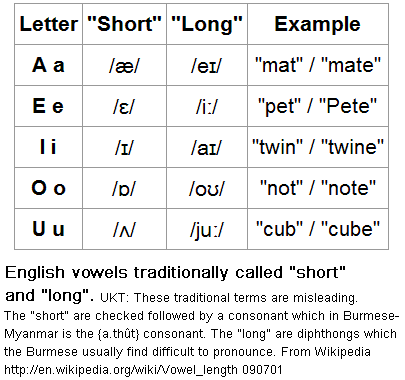 " Here are some other great examples of words with the short E sound.
" Here are some other great examples of words with the short E sound.
| ben | bed | beg | bet | den | fed |
| gem | get | gel | hen | hem | jet |
| keg | led | leg | let | men | met |
| net | pen | peg | pet | red | set |
| ten | Ted | vet | yet | wed | wet |
Short "I" Words
The short I sound is what you hear in words like "dim" or "fib.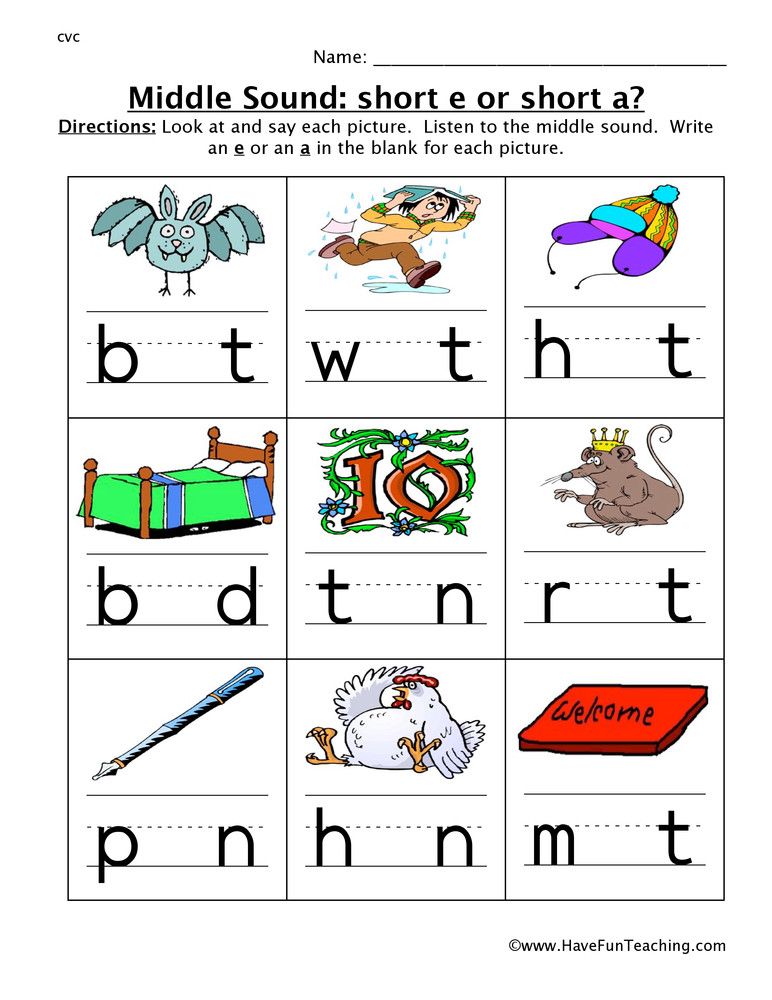 " Here are some other great examples of words with the short I sound.
" Here are some other great examples of words with the short I sound.
| bin | bid | big | bit | dim | did |
| dig | dip | fin | fig | fit | gin |
| gig | him | his | hid | hit | hip |
| jib | jig | kin | kid | kit | lid |
| lit | lip | nip | pin | pig | pit |
| rim | rid | rig | rip | sin | sit |
| sip | tin | tip | win | wit | zip |
Advertisement
Short "O" Words
The short O sound is what you hear in words like "con" or "nod. " Here are some other great examples of words with the short O sound.
" Here are some other great examples of words with the short O sound.
| bog | bop | con | cod | cog | cot |
| cop | don | dog | dot | fog | god |
| got | hog | hot | jog | jot | lob |
| log | lot | lop | mob | mom | mop |
| nod | not | odd | pod | pop | pot |
| rod | rot | sod | Tom | tot | top |
Short "U" Words
The short U sound is what you hear in words like "bus" or "hum.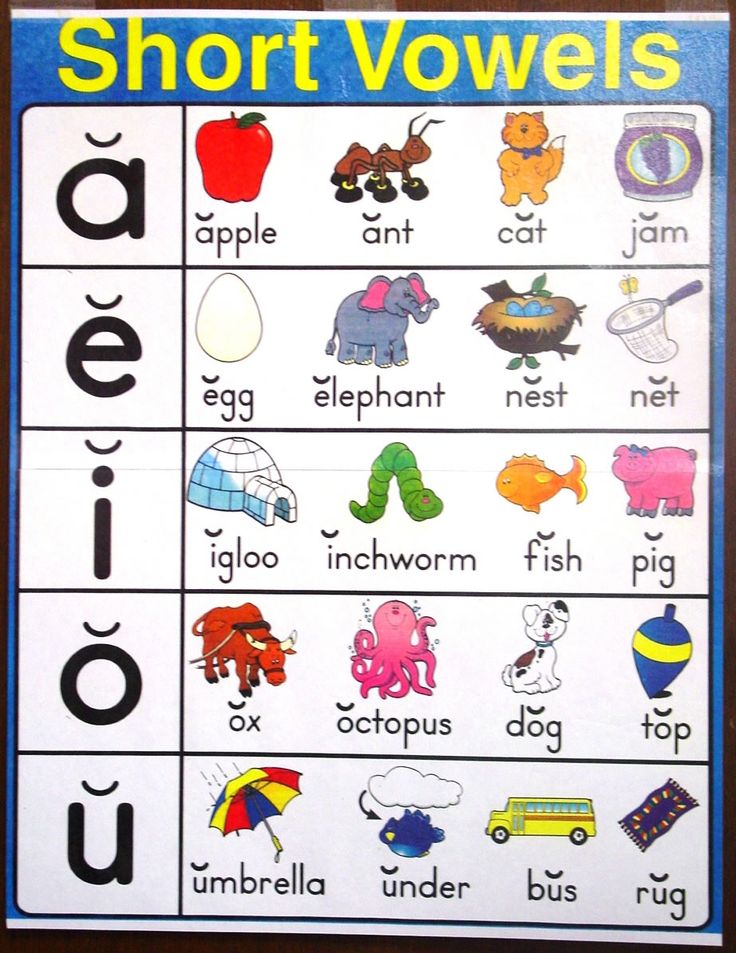 " Here are some other great examples of words with the short U sound.
" Here are some other great examples of words with the short U sound.
| bun | bum | bus | bud | bug | but |
| cud | cut | cup | dug | fun | gun |
| gum | Gus | gut | hum | hug | hut |
| jug | jut | lug | mug | nun | nut |
| pun | pug | pup | rub | run | rum |
| rug | rut | sub | sun | sum | tug |
List of Short Vowel Words Printable
Click to View & DownloadUsing Short Vowel Sounds
Though the above list of words with short vowels is incomplete, you can use it to understand the basic usage for the short vowel sounds.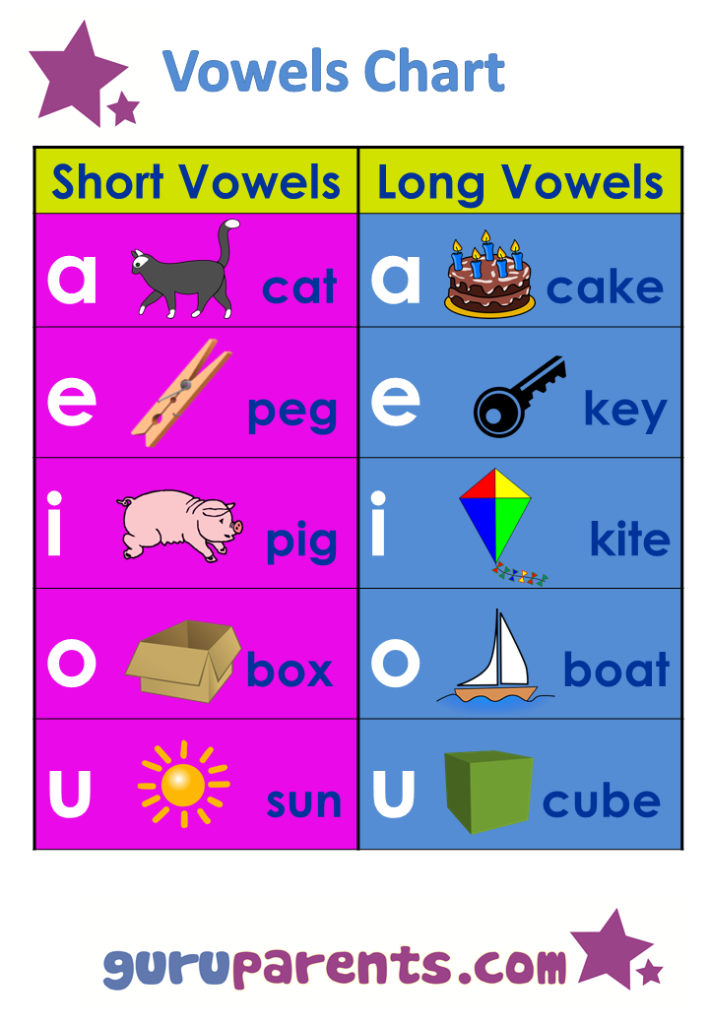 These short vowel sounds are often used in larger words as well. You might see them in words that also contain long vowel sounds, or even in two-lettered words, like "in," "it," and "at." Longer words, such as "magistrate" or "fascinate," use both short long vowel sounds.
These short vowel sounds are often used in larger words as well. You might see them in words that also contain long vowel sounds, or even in two-lettered words, like "in," "it," and "at." Longer words, such as "magistrate" or "fascinate," use both short long vowel sounds.
Some words use the short vowel sound and the long vowel sound, depending on the tense of the word. Words like "read," for example, are pronounced as the long vowel sound when the tense is present. For example, "We are reading this list of short vowel words."
However, when the tense is changed from present to past tense, the long vowel sound is taken away and the short vowel sound is introduced in the same word. For example, "I read the list of short vowel words, and understand much better now."
Advertisement
Pronunciation Pros
If you're teaching short vowel sounds to little learners, practice makes perfect. If you're teaching ESL students, here are some tips and resources for teaching ESL pronunciation. And, when you're ready for the flip side of the coin? Take a look at these examples of long vowel words too. You might also want to explore when "y" is a vowel.
And, when you're ready for the flip side of the coin? Take a look at these examples of long vowel words too. You might also want to explore when "y" is a vowel.
Short and long BIOS beeps when turning on
Not everyone will think about what BIOS beeps mean when we press the PC power button. It is the BIOS that causes these sounds, which can be short or long. Different types of BIOS have different sound signals, in this article I will try to talk about all of them, as well as solve some of the problems that they accompany.
How to find out the BIOS version
Purpose of BIOS beeps
When you turn on your computer, you hear a beep. Usually it is short and comes out of the speaker located inside the system unit. Such a signal does not bode well and indicates that the program has successfully diagnosed the POST self-test, which is responsible for checking the components for serviceability. If everything is fine, there will be just such a signal.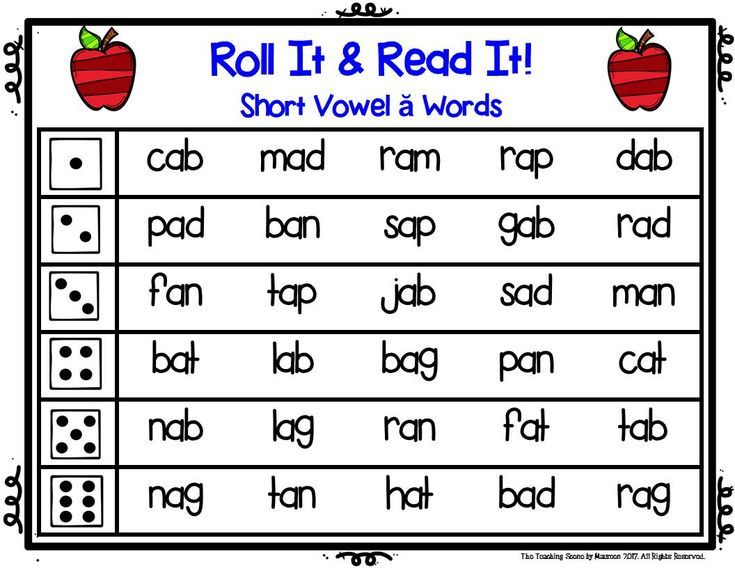
On some PC models, you may not hear anything at all, but this is only because the manufacturer did not integrate a speaker into the computer. Unfortunately, the absence of a speaker is not a good solution, since it will not be possible to determine the malfunction, for example, of a video card. nine0003
If something is wrong, you will hear a sound when you turn on the computer. There may be several, and they may be long, depending on what is faulty. Usually, the instructions for the motherboard already have all the necessary information about BIOS signals, but if you don’t already have this manual, then read this article and you may find a definition of certain BIOS signals.
Recommendation! If you decide to look inside the system unit, for example, to check for the presence of a speaker, then be sure to turn off the power to the PC, and climb not immediately, but a few minutes after turning it off. nine0003
Updating the BIOS - do you need to do it
How to find out who made the BIOS
In this section, I will show you how to find out who made the BIOS firmware on your motherboard.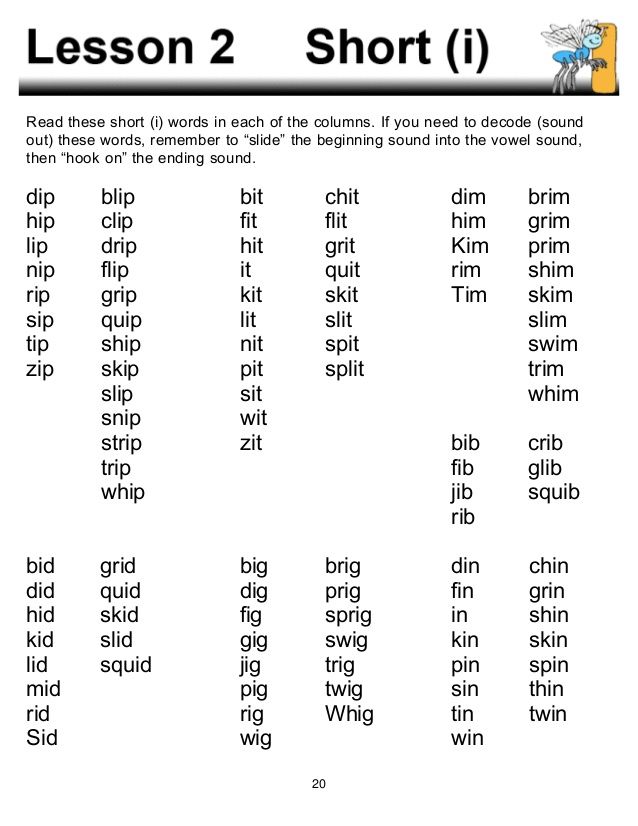 You need to know this, because in different models, sound signals indicate different violations.
You need to know this, because in different models, sound signals indicate different violations.
The first option
The easiest thing to do is to turn on the PC and for a couple of seconds you will notice a window in which the BIOS manufacturer and some other parameters are already indicated. The most popular manufacturers are AMI and AWARD. There are, of course, others. nine0003
The second option
To do this, you need to go into the BIOS and find the item that shows information about the computer and the BIOS firmware itself. Usually the tab is called System Information.
Third option
Boot into Windows and open the Run window using the Win+R keys. Enter the msinfo32 command there. On the left you should be in the "System Information" section. On the right we look at the item "BIOS version".
Fourth option
You can also use various utilities, such as AIDA64 or CPU-Z. The free CPU-Z program has a "Board" tab, which is where you go.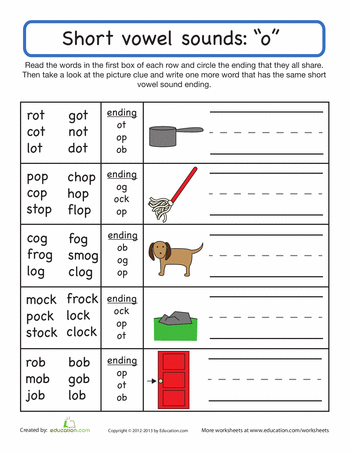 There is a subsection "BIOS" and all the necessary information about it.
There is a subsection "BIOS" and all the necessary information about it.
Using the AIDA64 program, go to the "Motherboard" section on the left and click on the "BIOS" item there, all BIOS information will be listed there.
How to decode BIOS beeps
So, we figured out the manufacturer of the BIOS, now I will show the designation of beeps, but only for a few versions. nine0003
BIOS beeps AMI
One of the most famous companies American Megatrends Inc. AMI BIOS for short. In 2002, it already was. So, a normal beep is a short beep. It means that everything is fine, after which the OS will start loading. Now let's look at other sounds.
| Signal | Designation |
| Long continuous | Power supply failure, computer overheating. nine0068 |
| Two short | RAM parity error. |
| Three short | Error in the first 64 KB of RAM.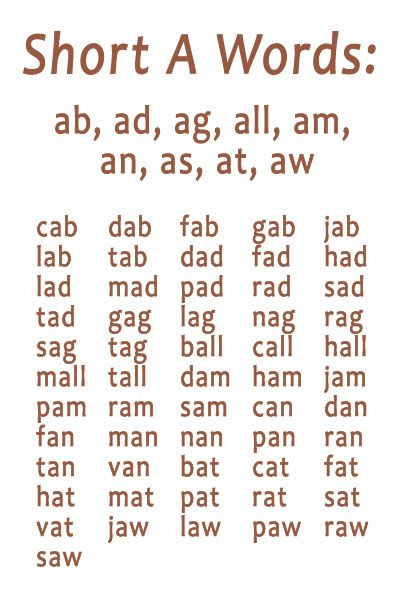 |
| Four short | Problems with the system timer. |
| Five short | Problems with the CPU. |
| Six short | Error in keyboard controller. |
| Seven short | Problems with the system board. |
| Eight short | Video card memory problems. |
| Nine short | BIOS checksum error. |
| Ten short | Write to CMOS is not possible. |
| Eleven short | RAM error. |
| 1 long and 1 short | Something with the power supply. |
| 1 long and 2 short | Problems with RAM or video card. |
| 1 long and 3 short | Problems with the video card or RAM. |
| 1 long and 4 short | There is no video card in the slot. |
| 1 long and 8 short | No monitor connection, something with the video card.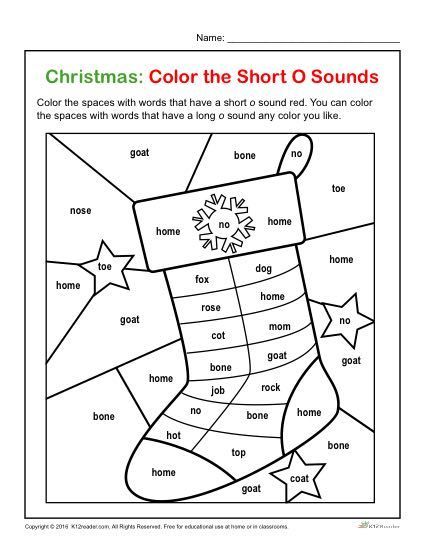 |
| Three long | Test ended with an error, RAM problems. nine0068 |
| 5 short and 1 long | No RAM module. |
Useful articles:
- What is Secure Boot
- What does Secure Boot do - how to disable or configure in BIOS
Sometimes, the sounds are false, if you turn off the PC again, and then turn it on, then there is a chance that such a signal will no longer be. If you hear more than one short sound, but such as are shown in the table, then you need to solve the problem. nine0003
Horns AWARD
The next popular manufacturer is AWARD. Consider its sound signals. Then somehow I will write about all the existing types of BIOS, and I will also recommend a book in which everything is described in great detail.
The normal sound signal, indicating the health of all computer components, is the same as in the first version - a short signal.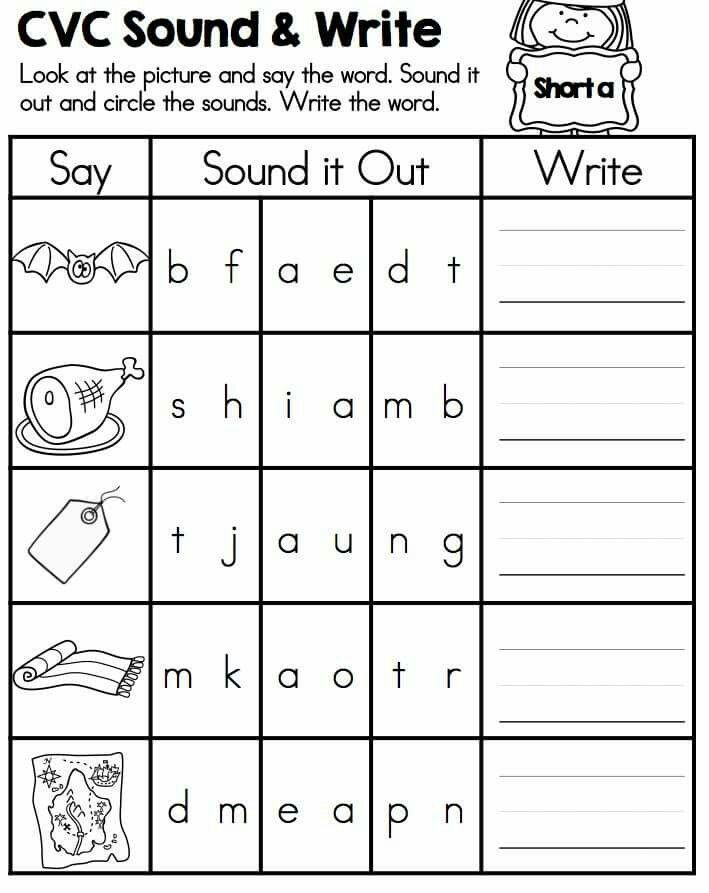 Other sounds are listed in the table below.
Other sounds are listed in the table below.
| Signal | Designation |
| Continuous signal | Power supply failure. |
| One short, repeated | Something with the power supply. |
| One long, repeated | RAM problems. |
| One long and one short | RAM failure. |
| One long and two short | nine0065 Problems with the video card.|
| One long and three short | Something with the keyboard. |
| One long and nine short | Error reading data from ROM. |
| Two long | There are non-critical faults. |
| Three long | Problems with the keyboard controller. |
How to back up BIOS
Phoenix 9 beeps0029
In this type of BIOS, sounds are accompanied by pauses, that is, if 1 sound is heard, then there is a pause, then another sound, and another pause, and then two sounds, then the signal is recorded in the form of these very sequences of pauses and sounds - 1 -1-2.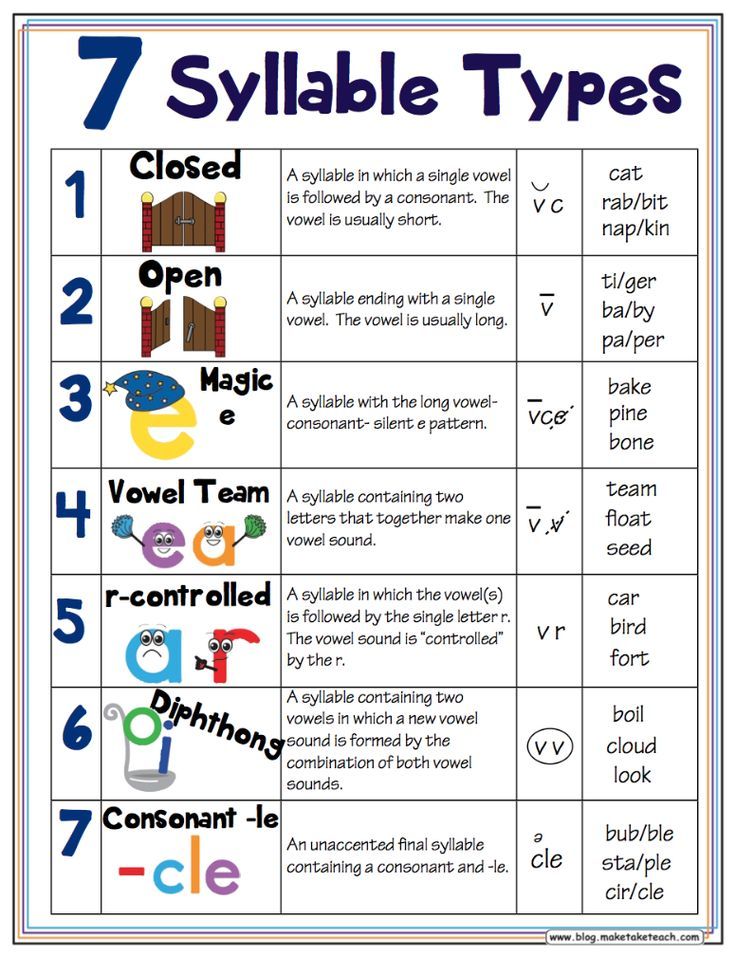 Now I will show it in the table.
Now I will show it in the table.
| Signal | Designation |
| 1-1-2 | Problems with the CPU. |
| 1-1-3 | Write to CMOS is not possible. The CMOS battery is dead and needs to be replaced. Problems with the system fee. nine0068 |
| 1-1-4 | Invalid BIOS ROM checksum. |
| 1-2-1 | The programmable interrupt timer is defective. |
| 1-2-2 | An error has occurred in the DMA controller. |
| 1-2-3 | Read/write DMA controller error. |
| 1-3-1 | Problems with memory regeneration. |
| 1-3-2 | RAM test does not start. nine0068 |
| 1-3-3 | The RAM controller is corrupted. |
| 1-3-4 | The RAM controller is corrupted. |
| 1-4-1 | Problem in RAM address bar. |
| 1-4-2 | RAM parity error. |
| 3-2-4 | There was a problem initializing the keyboard. |
| 3-3-1 | CMOS battery dead. |
| 3-3-4 | Problems with the video card. |
| 3-4-1 | Problems with the video adapter. |
| 4-2-1 | Problems with the system timer. |
| 4-2-2 | CMOS termination problems. |
| 4-2-3 | Problems with the keyboard controller. |
| 4-2-4 | Error in the operation of the central processor. |
| 4-3-1 | nine0065 RAM test failed.|
| 4-3-3 | Errors in the timer. |
| 4-3-4 | Problems with RTC operation. |
| 4-4-1 | Problems with the serial port. |
| 4-4-2 | Problems with the parallel port. |
| 4-4-3 | Problems with coprocessor operation. |
What is UEFI BIOS
Most common BIOS beeps
Of course, there are many more beep sequences for different types of BIOS, and there would be much more tables here. Therefore, I decided to consider the most popular signals that are found by most users.
- 1 long and 2 short beeps - usually such a signal indicates problems with the video card. Check if the video card is well inserted into its slot, also do not forget that due to dust and dirt there may be problems connecting devices, so it's better to clean everything. Pull out the video cards, wipe the contact tracks with an eraser, and very carefully. Then put it back in. If the difficulty persists, then you can try to insert the video card into another slot or switch to the built-in one, provided that it is on the motherboard. It's about integrated. nine0189
- 1 long beep - indicates a malfunction with RAM.
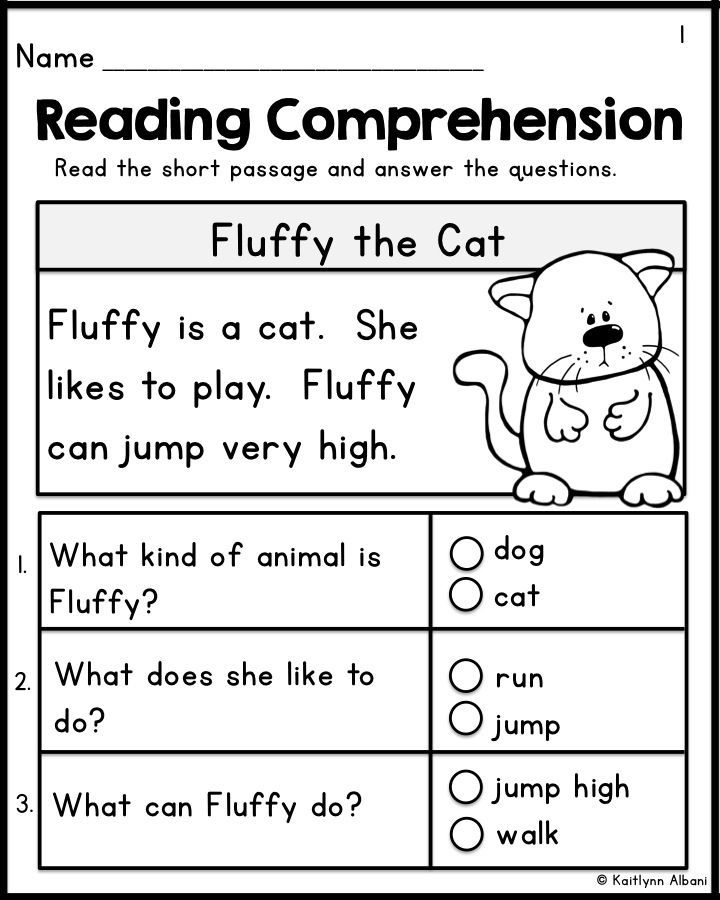
- 3 short beeps - Again errors in the RAM. There is the following option - pull out the RAM modules and clean the contacts, as well as the slots from dust and dirt, swap places, replace with other RAM modules. Alternatively, you can reset the BIOS.
- 5 short beeps - This signal indicates a processor failure. It is possible that you purchased a new processor that is not compatible with your motherboard. Also check all contacts and clean the dust. nine0189
- 4 long beeps - the signal indicates problems with the cooling system, that is, with coolers. Perhaps they are generally faulty, or work slowly. There are two options, clean them from dust, or change them.
- 1 long + 2 short beeps - malfunction of the video card, or from the RAM connectors.
- 1 long + 3 short beeps - may also indicate problems with the video card and RAM, or something with the keyboard. Will have to check everything. nine0189
- 2 short beeps - can't say for sure, check your documentation.
 There may be a problem with the RAM.
There may be a problem with the RAM.
- Several short sounds - just count how many sounds and see if there is such a combination in the table.
- No PC Boot and BIOS Sound - If there is no sound, then most likely you do not have a speaker or it is faulty. If the computer does not boot, then check the power supply.
How to reset BIOS to factory settings
Tips for fixing problems with a PC emitting BIOS signals
I almost never had any components fail, and beeps appeared only due to poor contact of some components. For example, badly inserted RAM modules or a video card. Sometimes some kind of failure just happened, and a simple restart of the computer helps. Sometimes a BIOS reset can help solve problems altogether.
I want to say that people who do not know should not take any action. If you have friends who can help, then contact them, or go to the service. nine0003
- Sometimes you can fix the situation like this: take out a component and wipe its contact from dust, also blow out the connector.
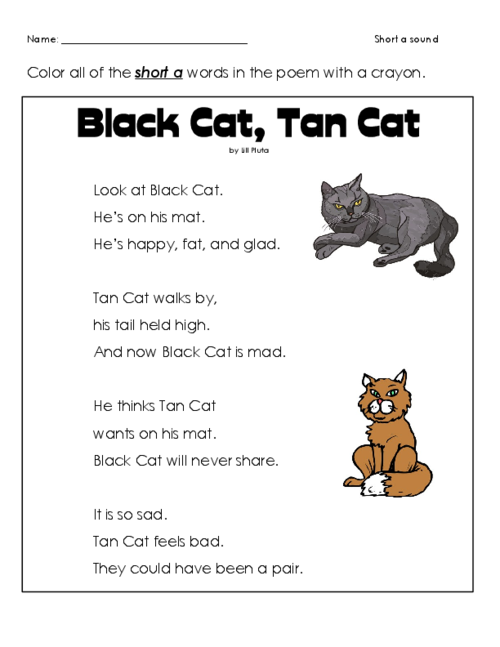 Then put everything back. You can clean the contacts with alcohol and a dry cloth, or with an eraser.
Then put everything back. You can clean the contacts with alcohol and a dry cloth, or with an eraser. - Look at all the components and elements inside the system unit. Is there a smell of burnt components, swollen capacitors, oxide and other bad phenomena.
- Before climbing inside the system unit, disconnect it from the power supply, and also remove static electricity from yourself. You can just touch the power supply itself with your hands. nine0189
- Do not touch board pins.
- Never use metal utensils to clean modules.
- Assess the situation before starting work. The computer is under warranty, and you don't even have work experience? Then give it back under warranty, or ask a knowledgeable friend to help.
Please ask any questions in the comments. I hope this article has helped you in solving your problems.
What do BIOS signals mean - Lifehacker
January 15, 2020 Likbez Technologies nine0003
Decode strange sounds and find out what the computer is trying to tell you.
Why is the computer beeping
Every time the PC is turned on, a POST (Power On Self Test) hardware self-test is run, and if errors are found, they are displayed on the screen. However, if failures occur before the output system is loaded and the monitor is turned on, then beeps are used to indicate errors.
They are supplied by the system speaker located on the motherboard. The tones are a series of high-pitched beeps, similar to old cell phone ringtones or a cheap Chinese alarm clock. nine0003
What to do if a squeak is heard from the PC
If problems occur, accompanied by sound signals, for their further diagnosis, do the following.
- Turn on the computer or restart with the Reset button if it is already on.
- Listen carefully for the signals being emitted. If necessary, restart your PC to reproduce the error again.
- Write down the combination of sounds on paper. Duration, number of signals, pauses between them - all this is important.
 nine0189
nine0189 - Find out the BIOS manufacturer of your computer. To do this, first check the motherboard model in the documentation or on the markings on the device itself. And then search the Internet for which vendor's BIOS is used in the motherboard. In most cases, hardware and BIOS developers are different.
- Knowing the manufacturer of the system software, find the error code from the signal combinations below.
For example, a computer, when turned on, quickly beeps three times in a row - three short beeps are obtained. Open the side cover of the system unit and carefully look at the markings on the motherboard. We see Gigabyte GA-970A‑DS3P. Next, we look for information on this model and find out that it uses the BIOS from American Megatrends, that is, AMI. We find our code in the corresponding section and find out that the problems are caused by a RAM error.
How to decipher the BIOS beeps
One short beep usually indicates a successful completion of the test, all others indicate a specific hardware error.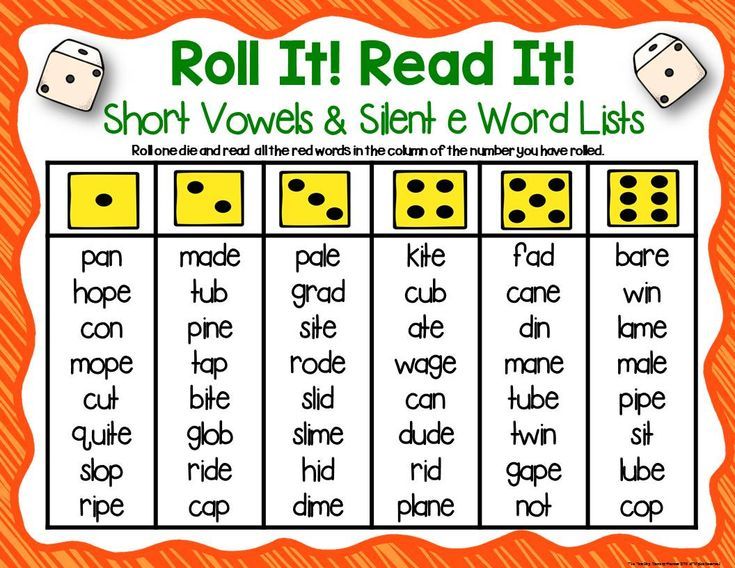 Depending on the BIOS manufacturer, the types of signals and their meanings may vary.
Depending on the BIOS manufacturer, the types of signals and their meanings may vary.
AMI BIOS 9 codes0029
Many OEMs use the BIOS from American Megatrends. Some manufacturers integrate their own software based on the AMI BIOS, in which case the interpretation of certain signals may not match.
- 1 short Memory upgrade error.
- 2 short - RAM problems.
- 3 short - Error reading first 64 KB of memory.
- 4 shorts - System timer failure. nine0189
- 5 short - Processor error.
- 6 shorts - Keyboard controller problems.
- 7 short - System board or external hardware error.
- 8 short - Video memory read-write failure.
- 9 short - Invalid BIOS checksum.
- 10 shorts CMOS write/read error.
- 11 short - Cache failure.
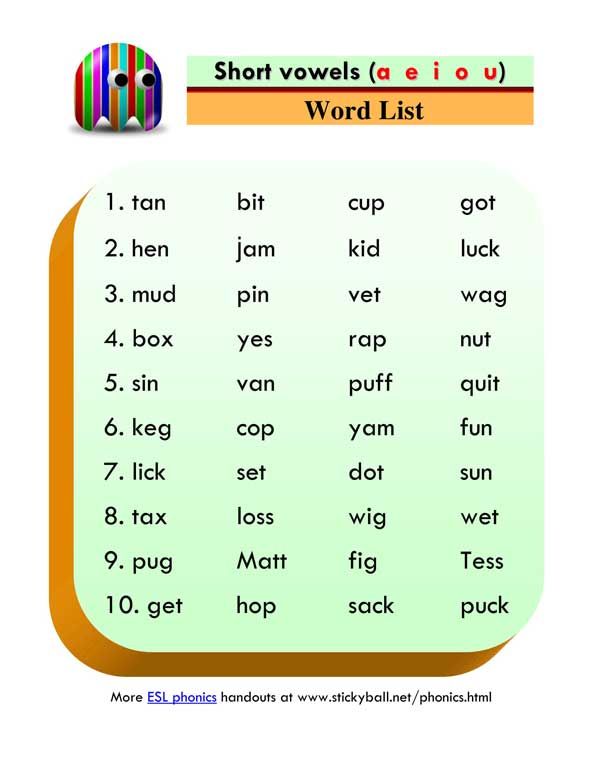 nine0189
nine0189 - 1 long, 3 short - Video adapter error.
- 1 long, 8 short - Video card or monitor problem.
- Siren sound - low CPU fan speed, problems with the power supply.
PhoenixBIOS codes
Phoenix Technologies system software is used by most motherboard manufacturers today. There are modified versions of PhoenixBIOS based on the original software. The meaning of the codes in them is the same, but sometimes it can differ slightly. nine0003
This type of BIOS uses signals of the same length separated by pauses. Code 1-3-1 should be read as one beep, pause, three beeps, pause, one beep.
- 1-1-2 - Processor initialization failed.
- 1-1-3 CMOS memory read-write error.
- 1-1-4 - Invalid BIOS checksum.
- 1-2-1 Motherboard initialization failed.
- 1-2-2, 1-2-3 DMA controller error.
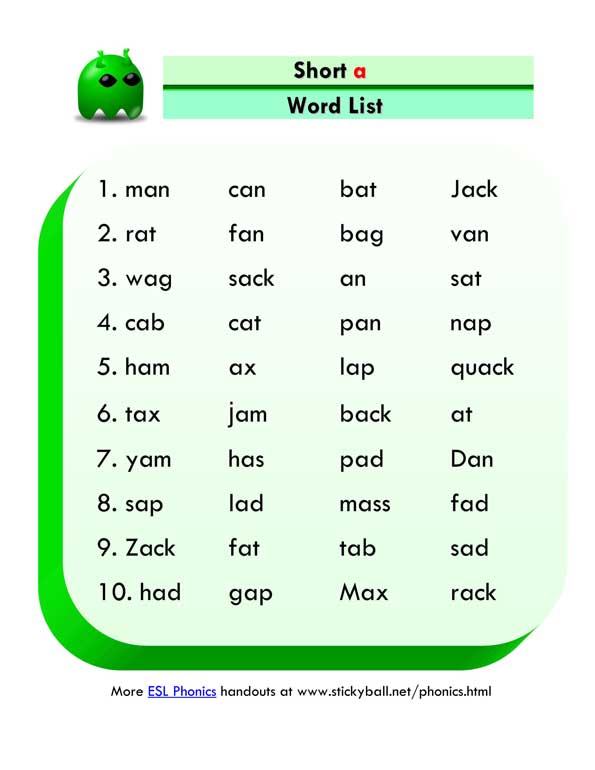 nine0189
nine0189 - 1-3-1 - Failed to initialize the memory refresh circuit.
- 1-3-3, 1-3-4 Initialization of the first 64 KB of memory failed.
- 1-4-1 Motherboard initialization error.
- 1-4-2 - RAM initialization failed.
- 1-4-3, 4-2-1 System timer initialization error.
- 1-4-4 - I/O port read/write failure.
- 2-1-1, 2-1-2, 2-1-3, 2-1-4, 2-2-1, 2-2-2, 2-2-3, 2-2-4 , 2–3–1, 2–3–2, 2–3–3, 2–3–4, 2–4–1, 2–4–2, 2–4–3, 2–4–4 - Error reading the RAM entry.
- 3-1-1, 3-1-2, 3-1-4 DMA channel initialization failed.
- 3-2-4, 4-2-3 Keyboard controller initialization error.
- 3-3-4, 3-4-1 - Problems with video memory.
- 3-4-2 Video adapter initialization failed.
- 4-2-4 - Error when enabling processor protected mode.
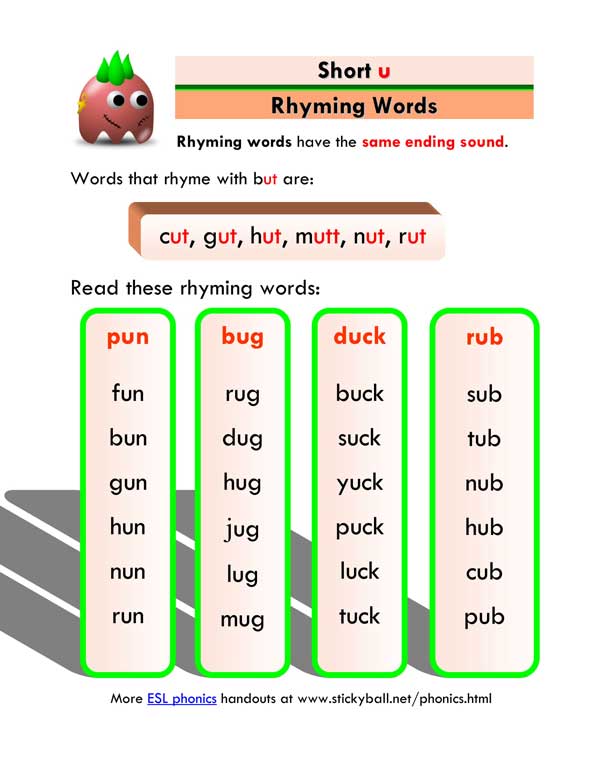
- 4–3–1 RAM initialization failed. nine0189
- 4-3-2, 4-3-3 - problems with the system timer.
- 4-4-1 Serial port initialization error.
- 4-4-2 Parallel port initialization failed.
- 4–4–3 Coprocessor initialization error.
- Looping beeps - Motherboard problem.
- Siren sound - failure or failure of the video adapter.
- Solid - Processor fan not working or disabled. nine0189
Award BIOS codes
The Award BIOS is now owned by Phoenix Technologies, but is often found on older hardware. There are firmware variants modified by motherboard manufacturers. As a rule, the description of the codes in them is the same.
- 1 short - no errors, successful download.
- 1 long, 2 short Video memory initialization error.
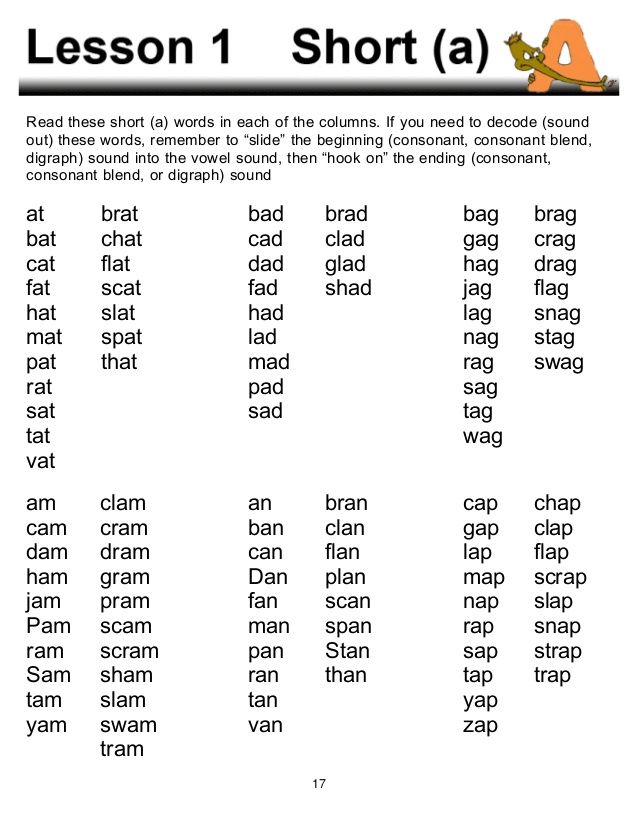
Learn more

